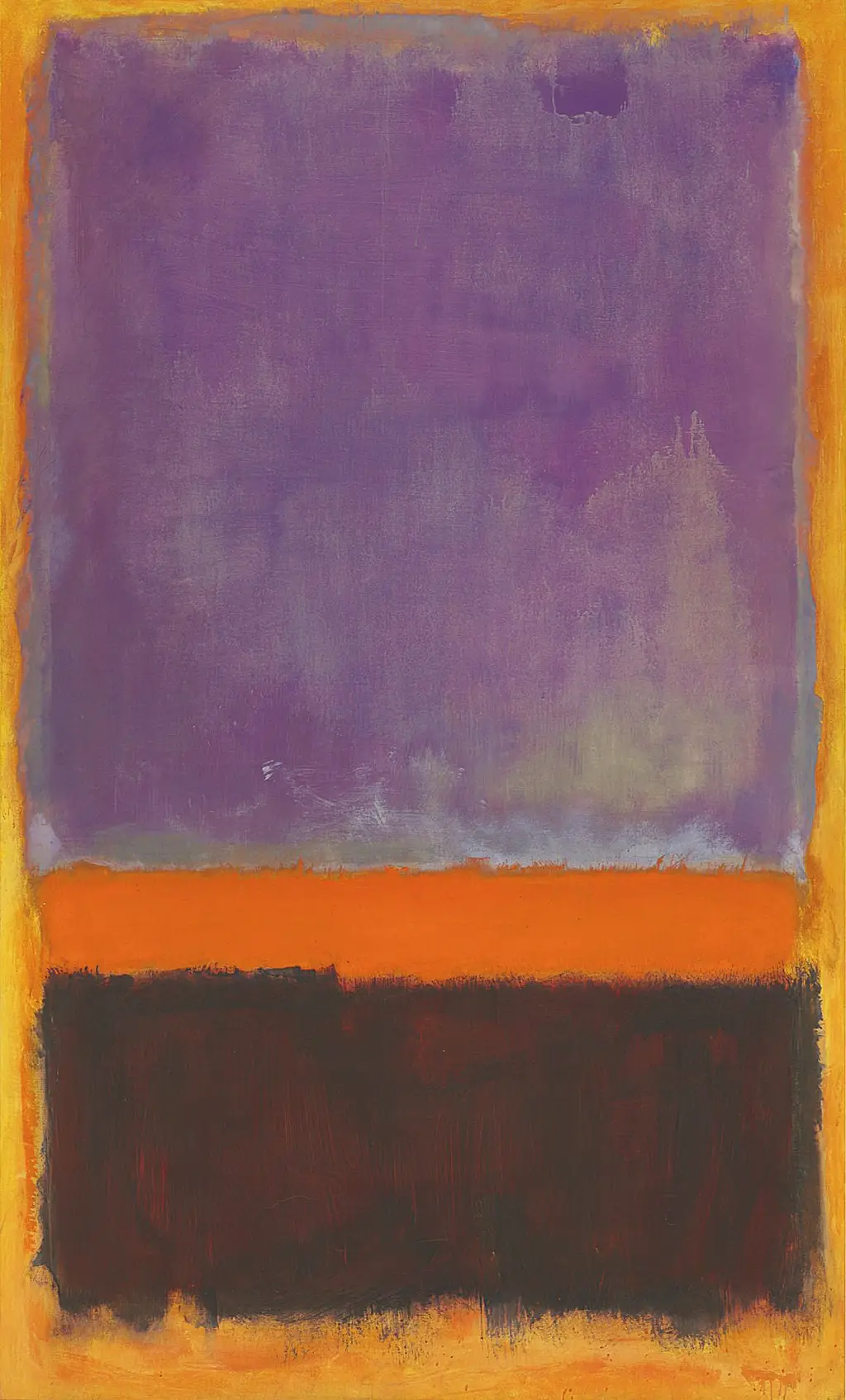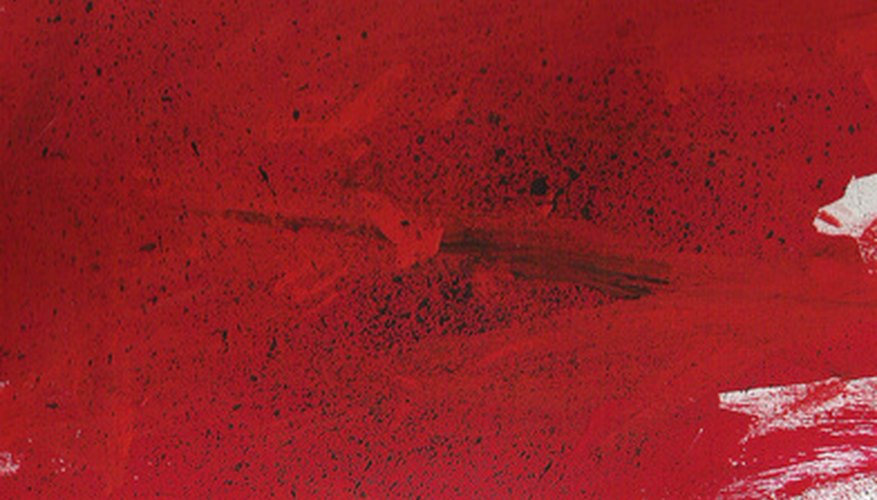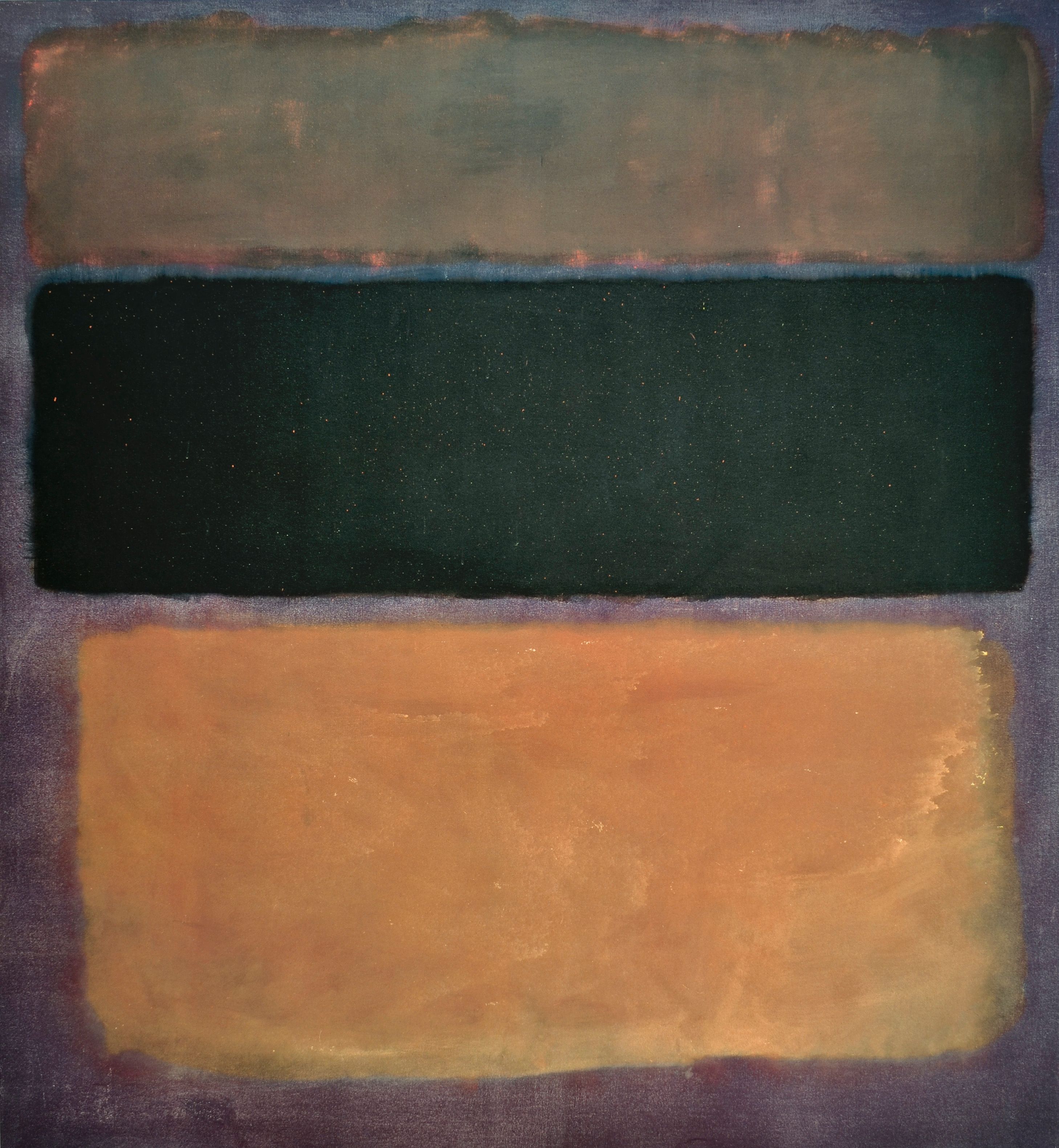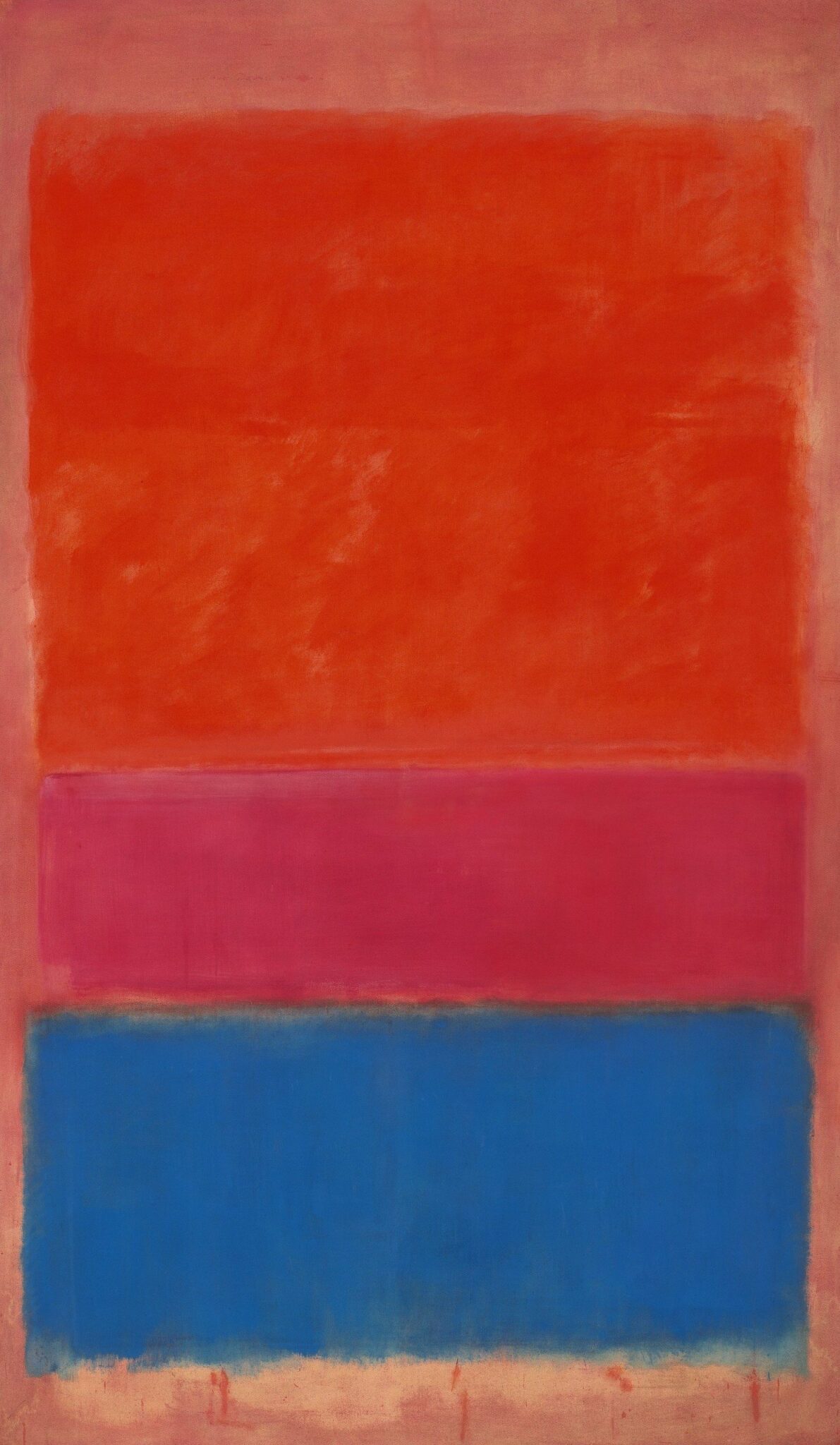
Untitled (1952) by Mark Rothko
Mark Rothko is a key figure in Abstract Expressionism, best known for his large color field paintings like No.61 (Rust and Blue) (1953). Born Markus Rothkowitz in Dvinsk, Russian Empire (now Latvia) in 1903, Rothko and his family immigrated to the United States in 1913.

Rothko Painting Sells for Record, Nearly 87 Million, at Christie’s The New York Times
Mark Rothko was born Marcus Rothkowitz in Dvinsk, Russia (today Daugavpils, Latvia), on September 25, 1903. He was the fourth child of Jacob Rothkowitz, a pharmacist (b. 1859), and Anna Goldin Rothkowitz (b. 1870), who had married in 1886. Rothko and his family immigrated to the United States when he was 10 years old, and settled in Portland.

Mark Rothko, No.21, 1949, oil on canvas, 101.6 x 76.5 cm. Private Collection © Kate Rothko
Mark Rothko, Untitled (seated figure in interior), c. 1938, watercolor on construction paper sheet. It's easy to interpret the large, dark paintings of Mark Rothko's final months as bleak, the.

Rothko Painting Technique Our Pastimes
At Smarthistory, the Center for Public Art History, we believe art has the power to transform lives and to build understanding across cultures. We believe that the brilliant histories of art belong to everyone, no matter their background.. Cite this page as: The Museum of Modern Art, "The Painting Techniques of Mark Rothko: No. 16 (Red.

Mark Rothko (19031970) Untitled 1960s, Paintings Christie's Mark rothko, Rothko, Sale
THE CLASSIC PAINTINGS 1949 - 1959 Mark Rothko, Untitled, 1949, pigmented hide glue and oil on canvas, Gift of The Mark Rothko Foundation, Inc., 1986.43.138 Mark Rothko largely abandoned conventional titles in 1947, sometimes resorting to numbers or colors in order to distinguish one work from another.

Heccéité Mark rothko artwork, Rothko paintings, Mark rothko paintings
Mark Rothko's technique involved using varying brushstrokes and sometimes spreading or sweeping the brush to give depth to the color tones in his abstract 'color field' paintings. He would experiment with paint and mix different ingredients into the paint layers to give areas unique color.

Mark Rothko Painting Technique
The National Gallery of Art is showing more than 100 of Mark Rothko's paintings on paper, many on view for the first time, in a new glimpse of the artist best known for huge paintings on canvas.

Mark Rothko's Studio Mark rothko, Mark rothko paintings, Rothko paintings
Rothko's No. 5/No. 24 painting marks a midway point between his early Surrealist compositions and the abstract blocks of color that defined the rest of his career. The hazy, feather-edged zones of hues signify that this painting is among Rothko's series of "Multiform" works, a term adopted by art critics and historians.

Mark Rothko NO 10 1963 Bedroom Mark rothko, Rothko, Rothko art
Art and artists Store Members Tickets Mark Rothko American, born Russia (now Latvia). 1903-1970 "I'm interested only in expressing basic human emotions—tragedy, ecstasy, doom.." Mark Rothko Mark Rothko sought to make paintings that would bring people to tears.

Mark Rothko (Marcus Rothkowitz) de nouvelles formes Mark rothko, Abstrait
Mark Rothko's Seagram murals, commissioned in 1958 to decorate the Four Seasons restaurant in the Seagram Building in New York, are famous for their layers of translucent and opaque paints that.

Mark Rothko's Sea Art Mark rothko paintings, Rothko paintings, Mark rothko
SIMPLIFY Drawing and Painting 1 year ago The Museum of Modern Art How to paint like Mark Rothko | Painting techniques for Beginners | Acrylic Painting | Марк Ротко Abstract art |.

Mark Rothko Painting Technique
The Painting Techniques of Barnett Newman Restoring Rothko Why is that important? Looking at Jackson Pollock Representation and abstraction: Millais's Ophelia and Newman's Vir Heroicus Sublimis The Case For Mark Rothko Rothko, No. 210/No. 211 (Orange) Mark Rothko's No. 3/No. 13 The Painting Techniques of Mark Rothko

Mark Rothko Painting Technique
He is best known for his color field paintings that depicted irregular and painterly rectangular regions of color, which he produced from 1949 to 1970. Although Rothko did not personally subscribe to any one school, he is associated with the American Abstract Expressionist movement of modern art.

Mark Rothko The Seagram Murals Tate Modern galleryIntell
Summary of Color Field Painting. Color Field Painting is a tendency within Abstract Expressionism, distinct from gestural abstraction, or Action Painting.It was pioneered in the late 1940s by Mark Rothko, Barnett Newman, and Clyfford Still, who were all independently searching for a style of abstraction that might provide a modern, mythic art and express a yearning for transcendence and the.

No 14 by Mark Rothko Mark rothko paintings, Rothko paintings, Painting
What do Rothko's paintings mean? Where did they come from? Mark Rothko wanted to make art that could stir the most basic human emotions. He spent his entire career exploring the primal.

Lukisan Mark Rothko Abstraksi Mitomorfosis
The signature style of Mark Rothko's paintings was termed as the technique of Colour Field painting, of which he was the most prominent member. Bold blocks of colour were given featured edges and together made up these large abstract compositions that remain particularly famous even today.